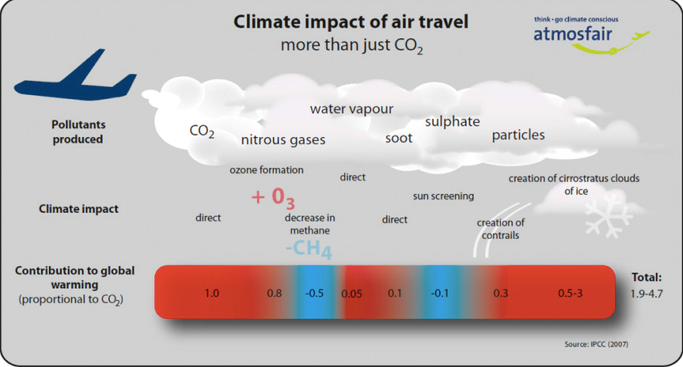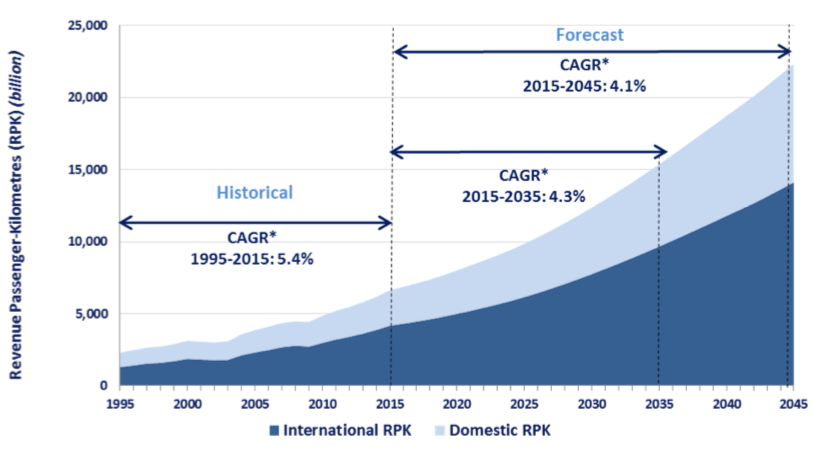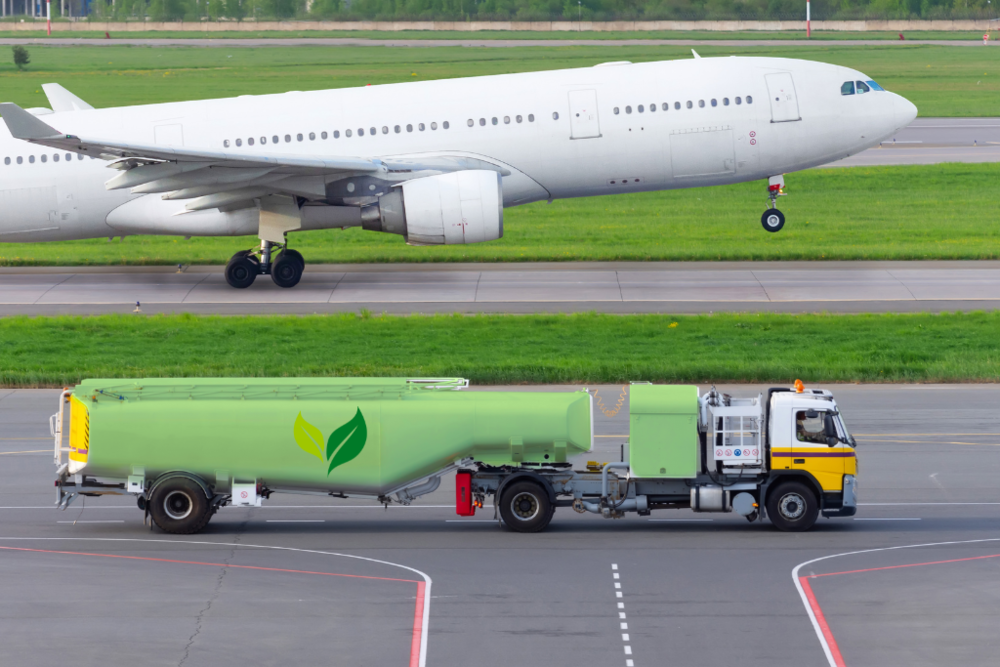When you board
an airplane, you leave a trail of greenhouse gases in the sky. This column
explains, in an easy and engaging way, how the carbon dioxide and non-CO₂
substances emitted by the aviation industry affect global warming.
―
France’s Ban on Short-Haul Flights: The
Beginning of Low-Carbon Travel
―

In
2023, the French government made a surprising decision: it passed a law banning
domestic flights for any route that can be covered by train within 2 hours and
30 minutes.
For
example, flights from Paris to Bordeaux, Nantes, or Lyon were eliminated, and
travelers are now encouraged to take the high-speed train (TGV) instead.
Why
did France’s government take this step? It’s based on research showing that
short-haul flights emit up to 70% more CO₂ per passenger-kilometer than
long-haul flights.
―
What Is an Airplane Carbon Footprint?
―

When
you fly, you’re not only soaring through the sky—you’re leaving a mark on the
planet called a “carbon footprint.” This term refers to the total impact on
global warming of the carbon dioxide (CO₂) and various greenhouse gases
released when an airplane crosses the sky.
It’s
not just about burning fuel. The bigger problem is that airplanes emit more
than just carbon. At high altitudes, the moisture in jet exhaust forms
contrails—thin, cirrus-like clouds that trap Earth’s heat like a blanket. Add
in nitrogen oxides, water vapor, and particulate matter, and the climate impact
grows far larger than you might imagine.
Including
these “non-CO₂ effects,” aviation is responsible for about 3.5% of all
human-caused warming (EESI).
For
example:
·
1-hour domestic flight → approx. 250 kg CO₂
·
Same distance by train → only about 4 kg CO₂
(source: unwto.org)
Those
numbers are startling! A train is over 60 times more climate-friendly than a
plane. So, choosing rail travel for short distances can make a huge difference.
―
An Airplane Leaves More Than Just a White
Trail
―
Let’s
examine what airplanes leave behind in the sky:
▶ Carbon Dioxide (CO₂): The Long-Lasting Trace
The biggest emission by mass is CO₂, accounting for about 70% of total exhaust.
Burning 1 kg of jet fuel produces 3.16 kg of CO₂—and 20% of that CO₂ remains in
the atmosphere for thousands of years.
·
1
kg fuel → 3.16 kg CO₂ emitted
·
20%
of emitted CO₂ stays aloft for millennia
▶ Contrails: A Stronger Warming Factor Than CO₂
The long, white streaks behind planes are contrails. They form when hot, moist
exhaust meets cold air, creating ice-crystal clouds. These clouds trap outgoing
radiation, generating a greenhouse effect up to three times stronger than CO₂
alone.
As
contrails spread, they can form cirrostratus clouds that blanket the sky,
letting sunlight in but trapping Earth’s heat.
·
Water
vapor + particles → ice crystals → contrails
·
Traps
Earth’s radiation, up to 3× the warming effect of CO₂
·
Persists
for hours to over a day, forming cirrostratus clouds

(Source: ©EESI.)
―
Yet Demand for Air Travel Keeps Rising…
―
Busier Skies as the Global Economy Grows
The aviation industry is closely tied to global economic growth. According to
the World Bank, global GDP grew from about $33.8 trillion in 2000 to $86.4
trillion in 2018—a 2.5-fold increase.
Interestingly,
global air passenger traffic also rose 2.5 times over the same period. When
economies expand, more people fly.
·
2000
global GDP: $33.8 trillion
·
2018
global GDP: $86.4 trillion (2.5×)
·
Air
passenger traffic: also 2.5×
Air Travel Demand Projected to Triple by 2045
The International Civil Aviation Organization (ICAO) forecasts that revenue
passenger-kilometers (RPK) will triple by 2045, compared to today.
Global Passenger Traffic: History and Forecast

(Source: ©EESI.)
·
1995–2015:
Grew at an average of 5.4% per year
·
2015–2045:
Projected to grow at 4.1–4.3% per year
These
figures highlight aviation’s economic importance—but also underline the growing
responsibility to address climate impacts. More flights mean more carbon left
in the sky.
―
Why Is Reducing Aviation’s Carbon So
Challenging?
―

The Clean Air Task Force (CATF) warn:
“If
current trends continue, aviation could account for up to 25% of global CO₂
emissions by 2050.”
On
the ground, we can drive electric cars, switch to renewables, or eat
plant-based diets. Air travel is different.
Jet
engines need high energy density fuels to maintain speed and altitude, so they
rely heavily on fossil fuel. Electric aircraft today are limited to small
planes; long-haul commercial flights aren’t yet feasible. And contrails depend
on altitude, temperature, and humidity—variables that are hard to control
technologically.
Above
all, demand is increasing faster than carbon-reduction technology can advance.
Post-pandemic leisure travel and rising e-commerce cargo demand mean the
industry is still in high-speed growth.
―
Is There Hope?
―

There
are alternatives in development. The most notable is Sustainable Aviation Fuel
(SAF), a biofuel made from plant oils, waste, or even algae, which can cut
lifecycle carbon emissions by up to 80% compared to conventional jet fuel.
However, SAF currently costs three to five times more than regular fuel, so
widespread adoption will take time.
Other
approaches include:
·
Electric
and hydrogen-powered aircraft technologies
·
Flight-path
optimization to reduce contrails
·
Airframe
weight reduction and fuel-efficiency improvements
To learn more about the climate crisis, click below: Net Zero Is Our Planet’s Lifeline! |
―
What We Can Do Right Now
―

Waiting
for technology isn’t enough—there’s plenty we can do today. Travelers are
increasingly interested in sustainable travel. Opting for trains, electric
cars, or public transit for short trips, and participating in carbon-offset
programs when flying, can help halve aviation’s carbon emissions by 2050.
◾ Choose low-carbon transport: Use trains, electric vehicles, or buses instead of planes.
◾ Select eco-friendly lodging: Pick accommodations with
energy-efficient buildings, renewable energy, and water-saving systems.
◾ Eat local food: Support local producers to reduce
transport-related emissions.
◾ Reduce single-use items: Bring reusable bottles,
utensils, and bags.
◾ Participate in carbon offsets: Compensate your flight’s
emissions through certified offset programs.
Small
actions add up to big change. You can keep enjoying travel while lightening
your impact on Earth. The next time you book a flight, consider the invisible
trail you’ll leave in the sky—and you’ll have already taken the first step
toward reducing your carbon footprint.
To learn more about sustainable travel, click below: ↓↓↓ |
“Sustainable
tourism can contribute to environmental protection and conservation.”
— Ban Ki-moon (Former UN Secretary-General)
To learn more about climate action, click below: |
Learn More Net Zero Is Our Planet’s Lifeline! |
Written by: Sharon Choi
Director of Planning
Sunhak Peace Prize Secretariat
References
Clean Air Task Force – Aviation Emissions
IEA – Net Zero by 2050
EESI – Aviation and Climate
UNWTO – Sustainable Tourism
World Economic Forum – Travel & Emissions

